Traditional Braces – Naperville, IL
The Reliable Method for Straightening Your Smile
While there are other orthodontic treatments you might consider, such as Invisalign, the most effective method for straightening a smile is traditional braces. This service has been used for decades and is incredibly effective at addressing anything from mildly misaligned bites to severely crooked or overcrowded teeth. If you’re interested in achieving the straight smile you’ve always wanted, read on or reach out to our office today to schedule your initial consultation for traditional braces in Naperville!
Why Choose G&G Pediatric Dentistry & Orthodontics for Traditional Braces?
- Provides Treatment for Patients of All Ages
- Completely Custom-Designed Orthodontic Process
- Professional, Committed, & Caring Dental Staff
How Do Traditional Braces Work?

If you want to know how traditional braces function, it’s best to understand how your pearly whites work. Your teeth are connected to the jawbone via small ligaments. For this reason, they aren’t completely kept in place and can move with certain forces. By using metal wires and brackets, your orthodontist can help apply the right amount of pressure to gradually direct your teeth into a more ideal position for proper alignment. For this treatment to be effective and safe, the process will gradually shift your teeth and take around 12 months or more to finish. We may also provide you with accessories like attachments if necessary to help straighten your smile completely.
What Orthodontic Issues Can Braces Fix?
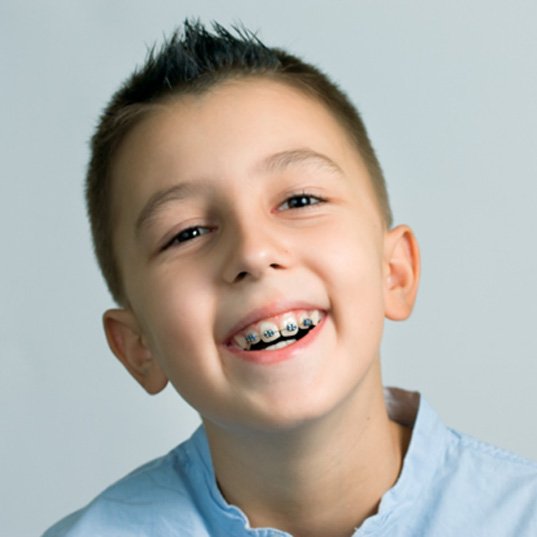
One major perk of traditional braces is that the wires and brackets can reliably correct multiple orthodontic problems. Some of the most common issues people experience include:
Bite Misalignment
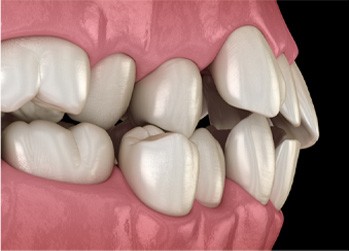
Do your teeth typically not come together properly or evenly when you bite down? This can either be an underbite, overbite, crossbite, or something in between that traditional braces can fix. By undergoing this treatment, you can enhance the appearance of your smile as well as improve your chewing pattern, which can even benefit your speech.
Crowded & Crooked Teeth

Teeth that are overlapping or too close together can cause serious complications with your oral health and self-esteem. Any crevices between your teeth can often allow debris, food particles, and bacteria to accumulate, which can later form plaque if left unaddressed. With traditional braces, we can realign your smile and reduce your risk of issues like cavities in the long run.
Gapped Teeth
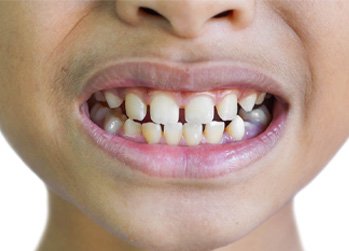
Not only can small spaces in your teeth take away from the overall look of your smile, but they can also make it easier for food, debris, and bacteria to get trapped in your mouth. Since the metal brackets and wires can place sufficient pressure to move your pearly whites together, they can effectively boost the look and function of your smile.
Caring for Your Braces
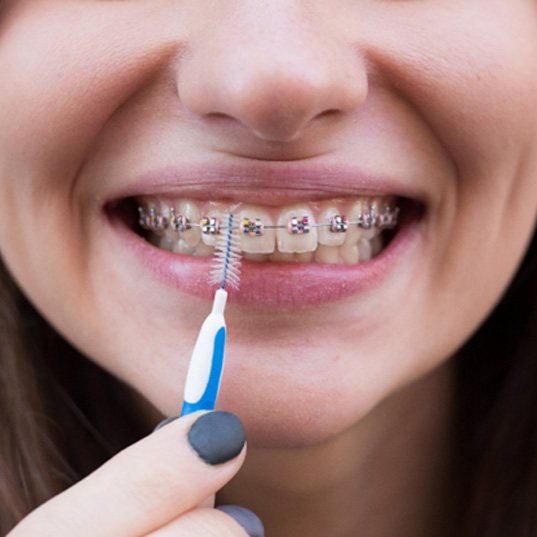
While your traditional braces will reliably straighten your teeth, keeping them clean and safe is also crucial during your treatment. In addition to accidentally damaging your wires or brackets, you wouldn’t want to develop an oral health issue like cavities at any point, as this could derail your process. To avoid any problems, be sure to practice the following tips:
- Brush your teeth and braces twice a day for two minutes.
- Floss every day or after every meal.
- Remember your dietary restrictions, such as avoiding hard, crunchy, or sticky foods.
- Wear a mouthguard while playing sports-related activities.
- Visit your dentist regularly for adjustment appointments and checkups.
Traditional Braces FAQs
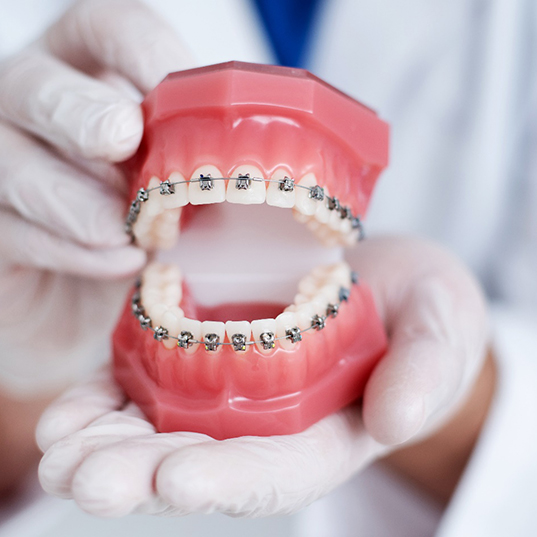
While traditional braces have been around for a while, perhaps you aren’t familiar with them. That situation is perfectly normal with first-time orthodontic patients. Still, you may want to get details on these metal appliances before committing to treatment. You likely won’t feel confident in the alignment journey otherwise. Thankfully, G and G Pediatric Dentistry and Orthodontics is here for you: listed below are the answers to some questions about braces in Naperville. By reading them over, you can learn what to expect from care. From there, feel free to call us with other concerns.
How Long Do Traditional Braces Take?
Generally, traditional braces take one to three years to straighten a smile fully. That said, the exact timeline can vary depending on the patient.
Various factors affect how quickly your braces will work. These include:
- Age – Adults’ teeth are more firmly set than children's, so they take longer to straighten.
- Misalignment Severity – If your teeth need to move a great distance, your treatment will involve more time.
- Treatment Compliance – You may need to wear rubber bands on your braces. Please do so to avoid treatment delays.
Your dentist will review timing factors before placing braces. They’ll likely bring them up during your initial consultation.
Do Traditional Braces Hurt?
The actual placing of braces on your smile shouldn’t hurt. However, you may experience periods of soreness as they move your teeth.
One such time is when you first get braces. Your mouth will be unused to the pressure they apply, so you’ll likely feel soreness in your teeth and gums. Fortunately, this ache will only last a week or so. In the meantime, you can manage it with over-the-counter pain relievers.
Braces might also cause pain right after a dentist tightens them. For a few days afterward, you may sense discomfort as your pearly whites shift into new positions. On the bright side, this soreness isn’t as bad as what you face when starting with braces.
Am I Too Old to Get Braces?
True, most people associate standard braces with childhood and adolescence. The truth, though, is that these metal brackets and wires don’t have an upper age limit. You’re thus never too old to get them.
You see, the braces-child connection only exists because treatment is easier with kids. Compared to adults, children’s teeth are less firmly embedded in the jaw and easier to move. Braces can thus still work perfectly well with grown-up patients. The process will simply take longer than it would for a child.
Of course, a lack of age limits doesn’t mean anyone can qualify for braces. Your jawbone and teeth will need to be in good condition beforehand. That way, braces won’t interfere with your oral health.
What Happens After You Get Your Braces Off?
Once you’re done with braces, you’ll need to maintain your treatment results. After all, removing the appliance means your teeth will try shifting back to their earlier positions. There won’t be constant pressure from brackets and wires holding them in place.
To prevent such natural movement, a dentist will usually provide you with a retainer. This removable appliance must be worn near-constantly for the first few weeks. However, with time, you’ll eventually reach a point where you can simply wear them at night



